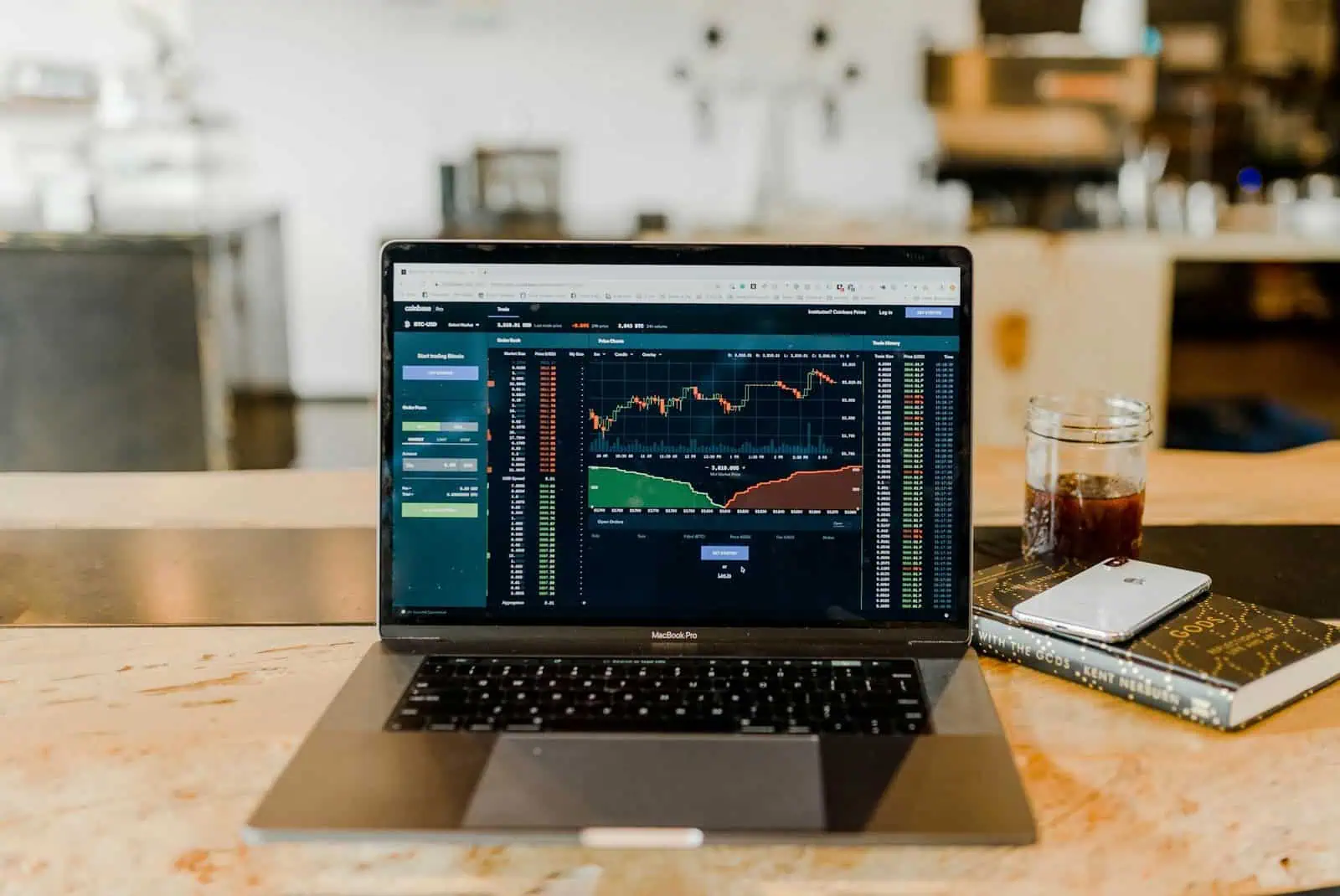In the world of finance, fund management has traditionally been a high-touch, relationship-driven business. Historically, fund managers relied on their experience, intuition, and complex spreadsheets to make investment decisions. However, with the advent of powerful computing and analytical tools, the landscape of fund management is rapidly evolving. Technology has become an indispensable tool for modern fund managers, enabling them to make faster, more accurate investment decisions and providing new capabilities in areas such as risk management, compliance, and customer engagement. In this article, we will explore the ways in which technology is transforming the field of fund management.
Data-Driven Decision Making
The most significant transformation in fund management comes from the shift towards data-driven decision-making. Advanced analytics platforms can process vast amounts of market data in real-time, identifying trends and patterns that human analysts might miss. Machine learning algorithms are also being employed to predict market movements and optimize investment strategies. These technologies allow fund managers to make more informed decisions, improving the accuracy of their investments and optimizing the performance of their funds.
Portfolio Construction
Constructing a target portfolio is a crucial aspect of fund management that has greatly benefited from technological advances. As explained by the team behind Limina, modern portfolio construction tools can model various investment scenarios based on historical data and projected market conditions, helping managers identify the optimal balance of risk and return. Robo-advisors, powered by artificial intelligence, are also becoming popular, providing automated, algorithm-driven financial planning services with little to no human supervision. These tools enable the creation of more personalized investment strategies, taking into account an individual’s investment goals, risk tolerance, and time horizon.
Automating Routine Tasks
Fund managers are no longer spending hours poring over spreadsheets and performing routine, manual tasks. Technology has automated many of these processes, freeing up time for managers to focus on higher-level strategic thinking. From trade execution to regulatory filings, automation tools have made fund management more efficient and less prone to human error. However, as with any automation, there are also risks as the reliance on technology can lead to systems failures and vulnerabilities that need to be managed and mitigated.
Enhanced Risk Management
Accurate and timely risk assessment is fundamental to successful fund management. With technology, fund managers now have access to more sophisticated risk management tools. These tools can simulate the impact of potential market events on a fund’s portfolio, assess the resilience of the portfolio to market shocks, and ensure compliance with various regulatory requirements. Additionally, technology allows for the real-time monitoring of portfolio risk, enabling managers to react quickly to changes in the market environment.
Improving Customer Engagement
Technology has also revolutionized the way fund managers engage with their clients. Customer relationship management (CRM) systems enable fund managers to track client interactions, manage leads, and streamline the sales process. Data analytics tools can also be used to gain insights into client behavior and preferences, allowing managers to customize their services and offers. Furthermore, the use of digital channels such as social media and mobile apps has expanded the reach of fund managers, providing new avenues for customer communication and service delivery.
Regulation and Compliance
The landscape of fund management is heavily regulated, with compliance being a top priority for managers. Technological solutions have emerged to help fund managers keep pace with the evolving regulatory environment. Compliance management systems can automate compliance monitoring, helping managers to stay on top of their regulatory obligations and avoid costly penalties. Blockchain technology is also being explored for its potential to bring greater transparency and efficiency to regulatory reporting and record-keeping.
The Human Element
Despite the rise of technology in fund management, the human element remains critical. While technology can analyze data and provide insights, human judgment is still necessary to interpret the results and make strategic decisions. Fund managers also need to balance the use of technology with the maintenance of client relationships, which still depend on personal interaction and trust. Additionally, human oversight of automated systems is vital to ensure their integrity and accuracy.
The Future of Fund Management
The future of fund management will likely be characterized by a continued integration of technology, from advanced analytics to artificial intelligence, and blockchain. These advancements will enable fund managers to operate more efficiently, manage risks more effectively, and deliver better outcomes for their clients. However, the successful fund manager of the future will be one who can harness the power of technology while also maintaining the human touch that is essential to this people-centric industry.
The integration of technology into fund management has revolutionized the way managers operate, bringing efficiency, precision, and innovation to the forefront of financial strategy. From making data-driven decisions to enhancing risk management and customer engagement, technological tools and platforms are providing fund managers with capabilities that were once unimaginable. Despite the challenges and risks associated with increased reliance on technology, its benefits are indisputable, offering a competitive edge in the fast-paced world of finance. However, it’s essential to remember the irreplaceable value of human insight and judgment in navigating the complexities of the market. As we look to the future, the symbiosis between technology and the human touch will define the next era of fund management, ensuring resilience, adaptability, and continued success in meeting client needs and expectations.

